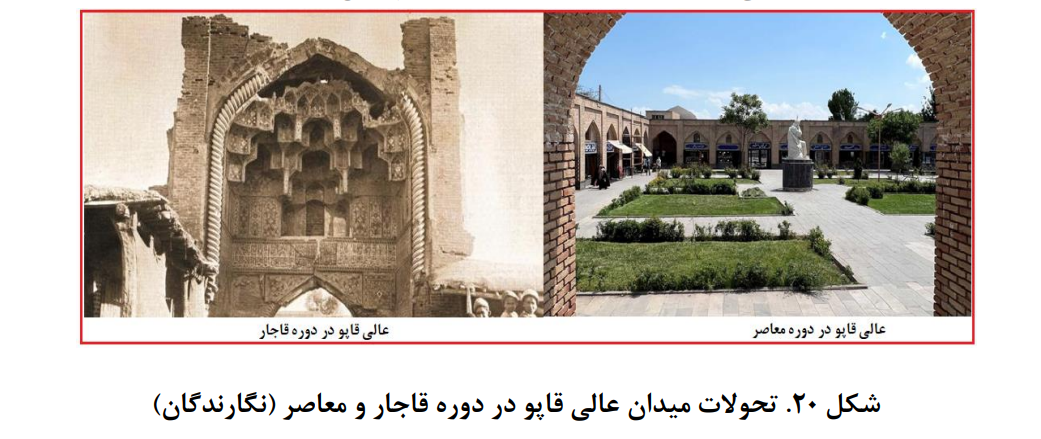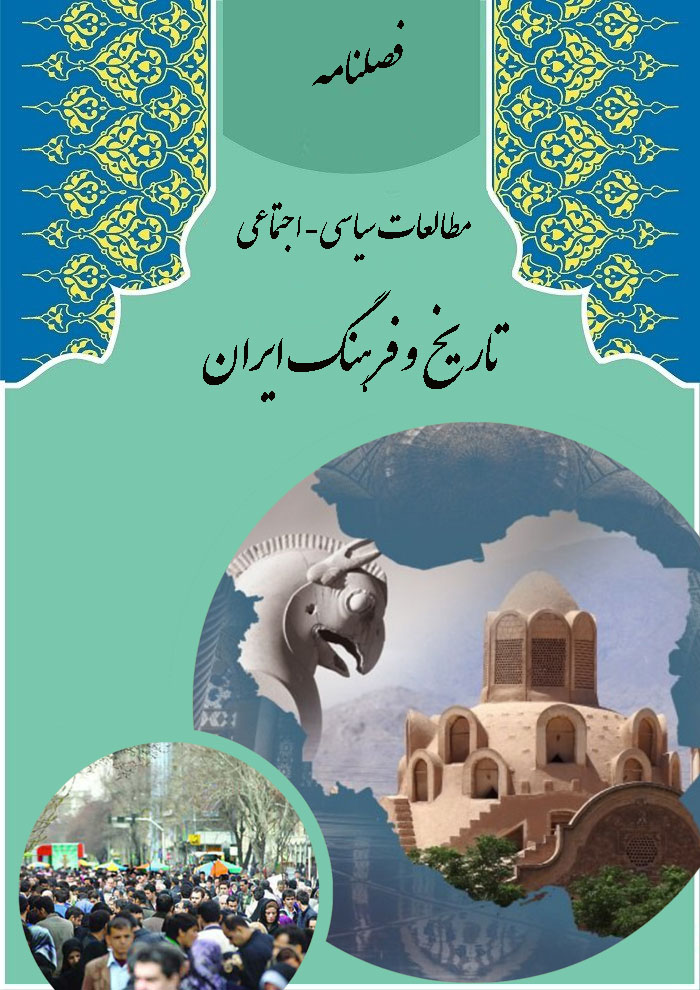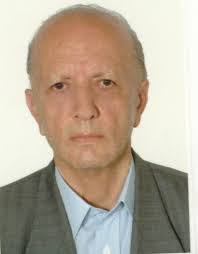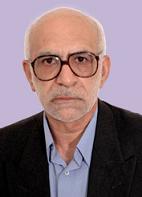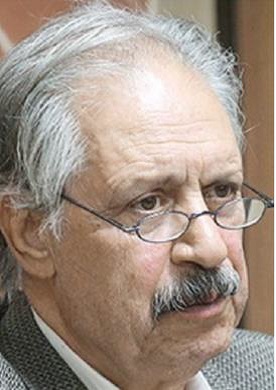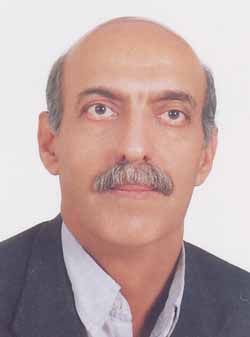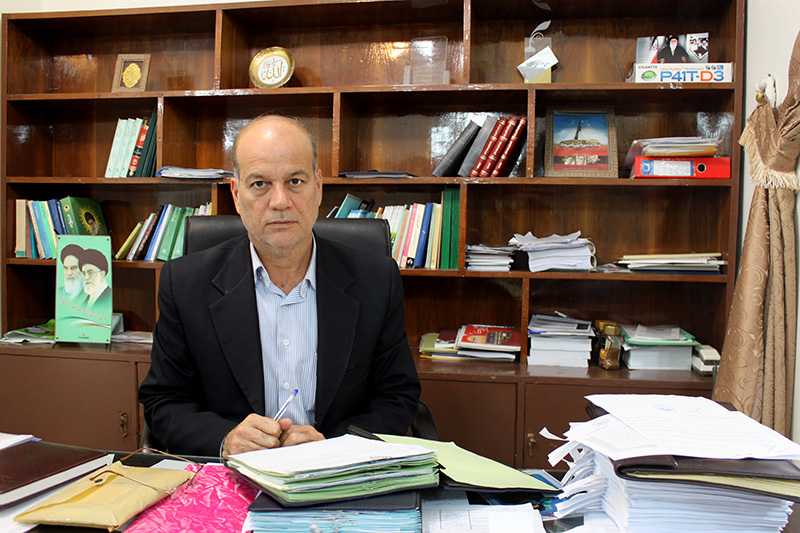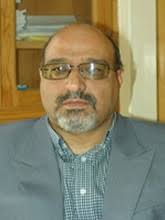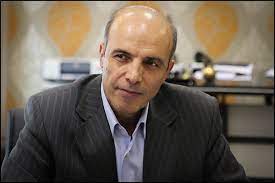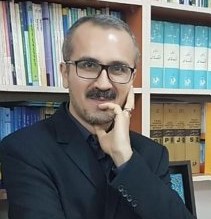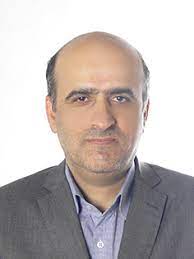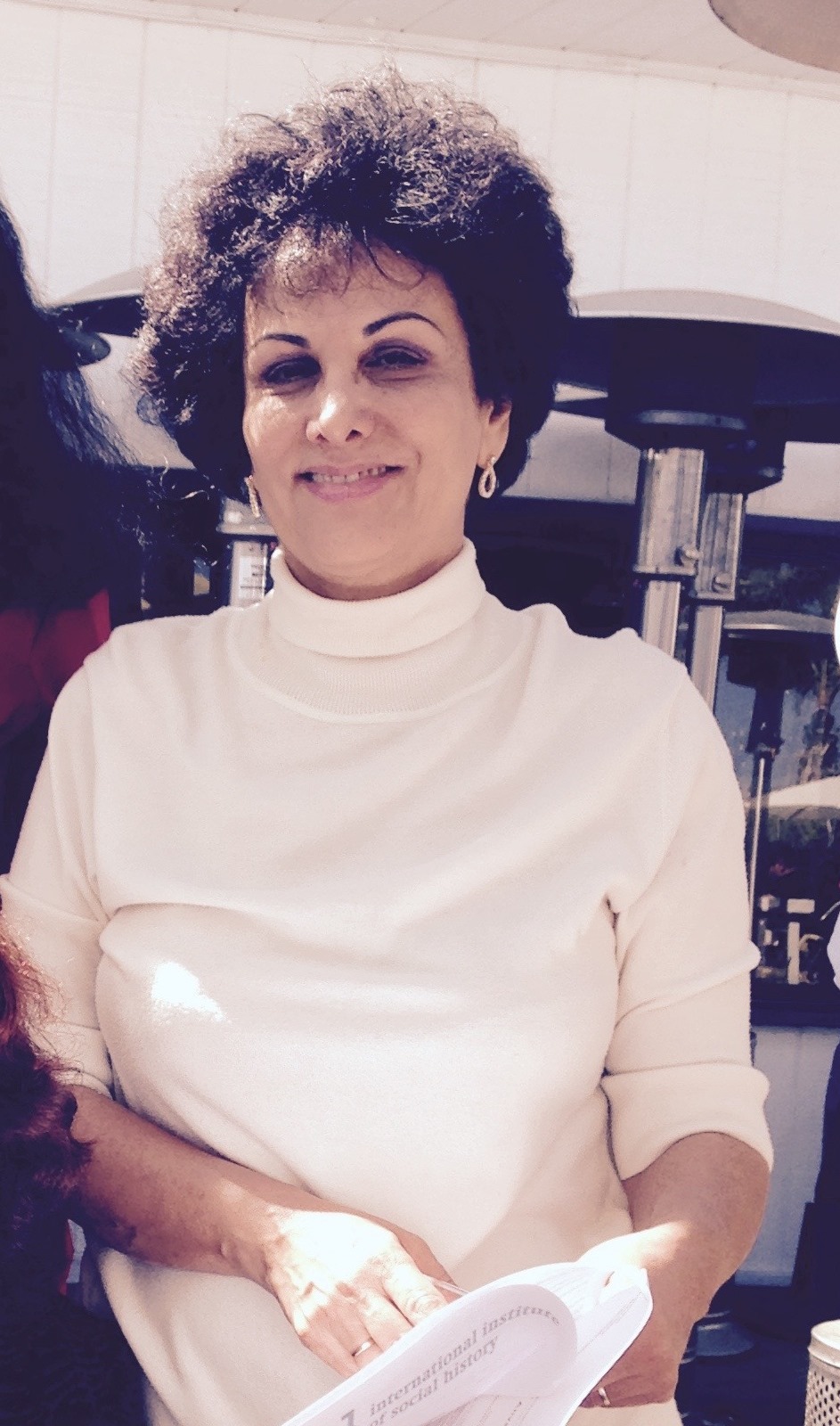Development and Historical Transformations of the Architectural Complex of Sheikh Safi al-Din Ardabili in the Contemporary Era
Keywords:
Architecture, Mausoleum Complex, Historical Transformations, Sheikh Safi al-Din Ardabili, Contemporary EraAbstract
Architecture has always been connected to fundamental thought in some way. It appears that the Sheikh Safi al-Din Ardabili complex, as one of the important centers of mysticism and Sufism, is also influenced by mystical ideas and concepts, which have impacted the formation of its architecture. The Sheikh Safi al-Din complex was constructed over various periods; however, historical texts state that Sadr al-Din Musa, the son and successor of the Sheikh, designed the order and structure of the mausoleum himself and was inspired to the architect through a dream. Therefore, it may be possible to recognize the connection of this complex's architecture with mystical thought and concepts. Examining the evolution of the architecture of the Sheikh Safi al-Din Ardabili's khanqah (Sufi lodge) and mausoleum complex reveals that this cultural and historical monument is one of the missing links in Iranian art between the 8th century AH and the first quarter of the 12th century AH, holding significant importance in studying the architectural developments of khanqah and mausoleum structures in Iran and the Islamic world. This article aims to investigate the development and historical transformations of the architectural complex of Sheikh Safi al-Din Ardabili up to the contemporary era. The present research is applied in terms of its purpose and historical, descriptive-analytical based on its nature and method. Although conventional research methods such as library research and internet searches were employed to collect information, observation, field visits, and studies have been the primary methods throughout various stages of the research. To align interpretations and perceptions with existing realities, the site was visited multiple times, and analytical and interpretive methods were used to analyze the information. The results showed that many valuable buildings in the Sheikh Safi al-Din Ardabili khanqah and mausoleum complex, which provide useful information in the field of archaeology and architecture of this religious monument, have disappeared. If they remain, they have taken on different forms over time and with changing periods. Comparing the current structures with the architectural spaces of the Safavid and pre-Safavid eras, as recorded in historical documents and the latest archaeological evidence, will prove the extent and former religious grandeur of this historical educational and religious institution during its peak period. Some architectural remains have disappeared, and their traces are hidden in the eastern and northeastern areas of the complex. In other words, although there is no precise knowledge about the extent of the complex during its peak period, it can be imagined that the volume of architecture and the current area of the complex, 135,320 square meters (excluding the organized and modern development and construction sections of the 1990s to 2010s in the northern and western sides of the complex), was more than twice the current extent.
Downloads
